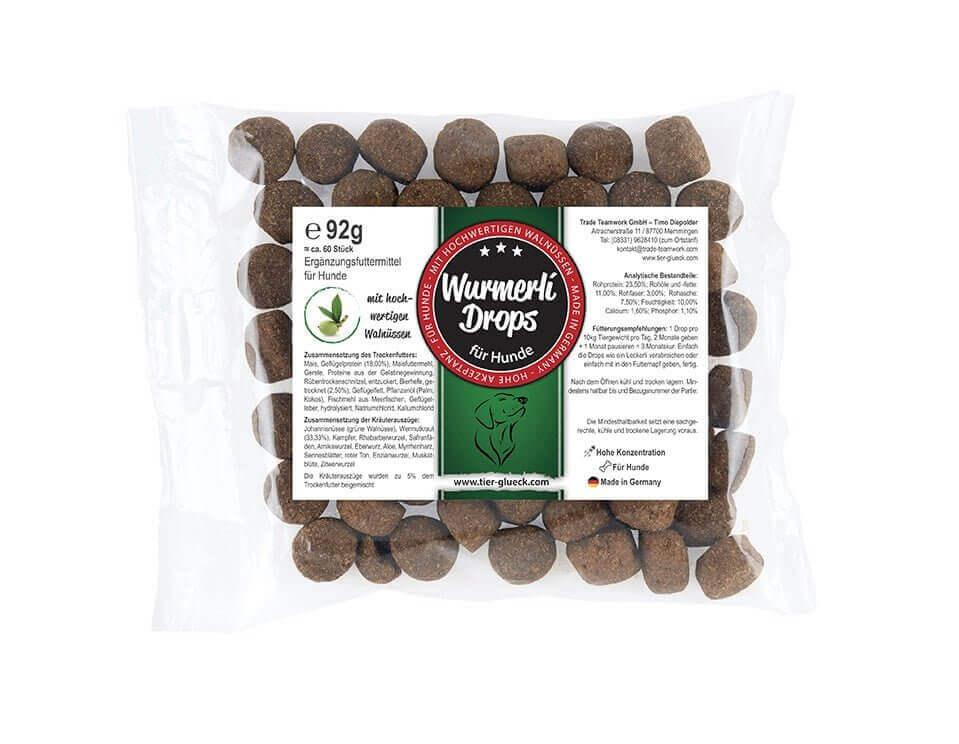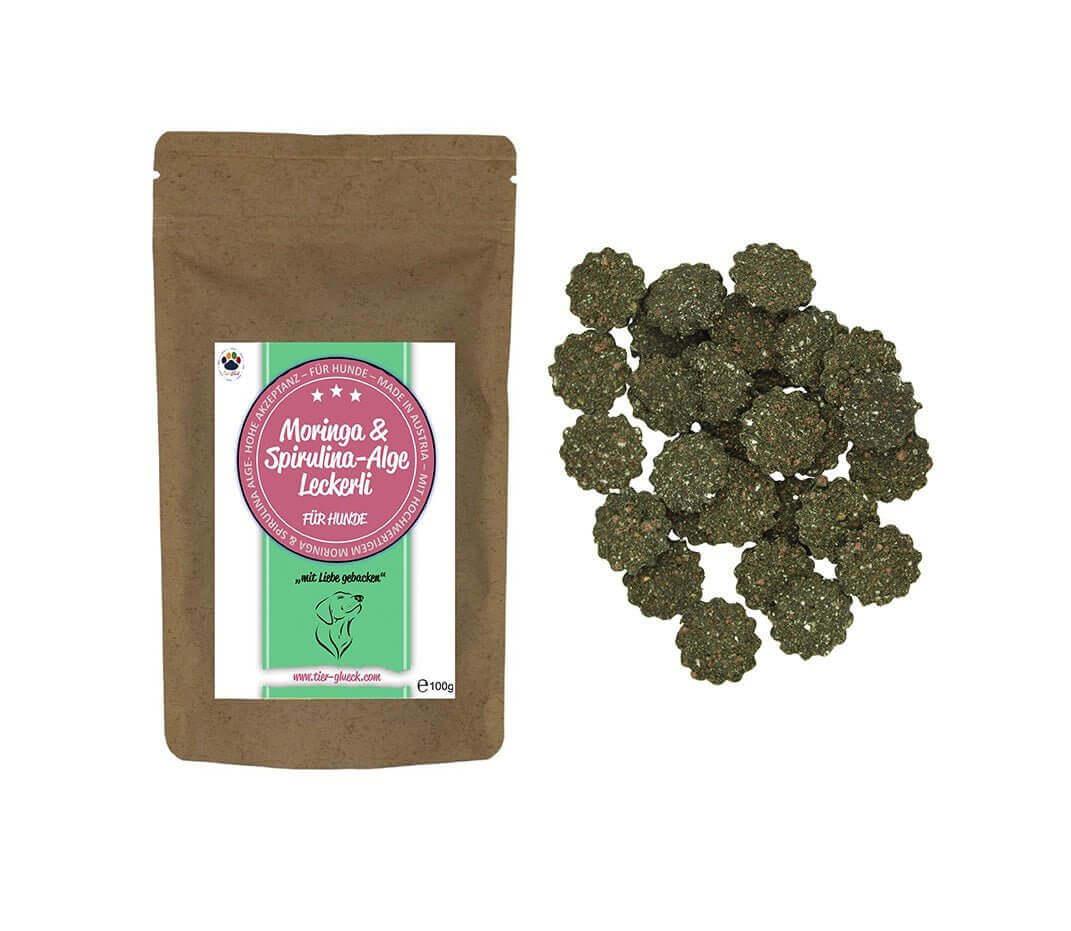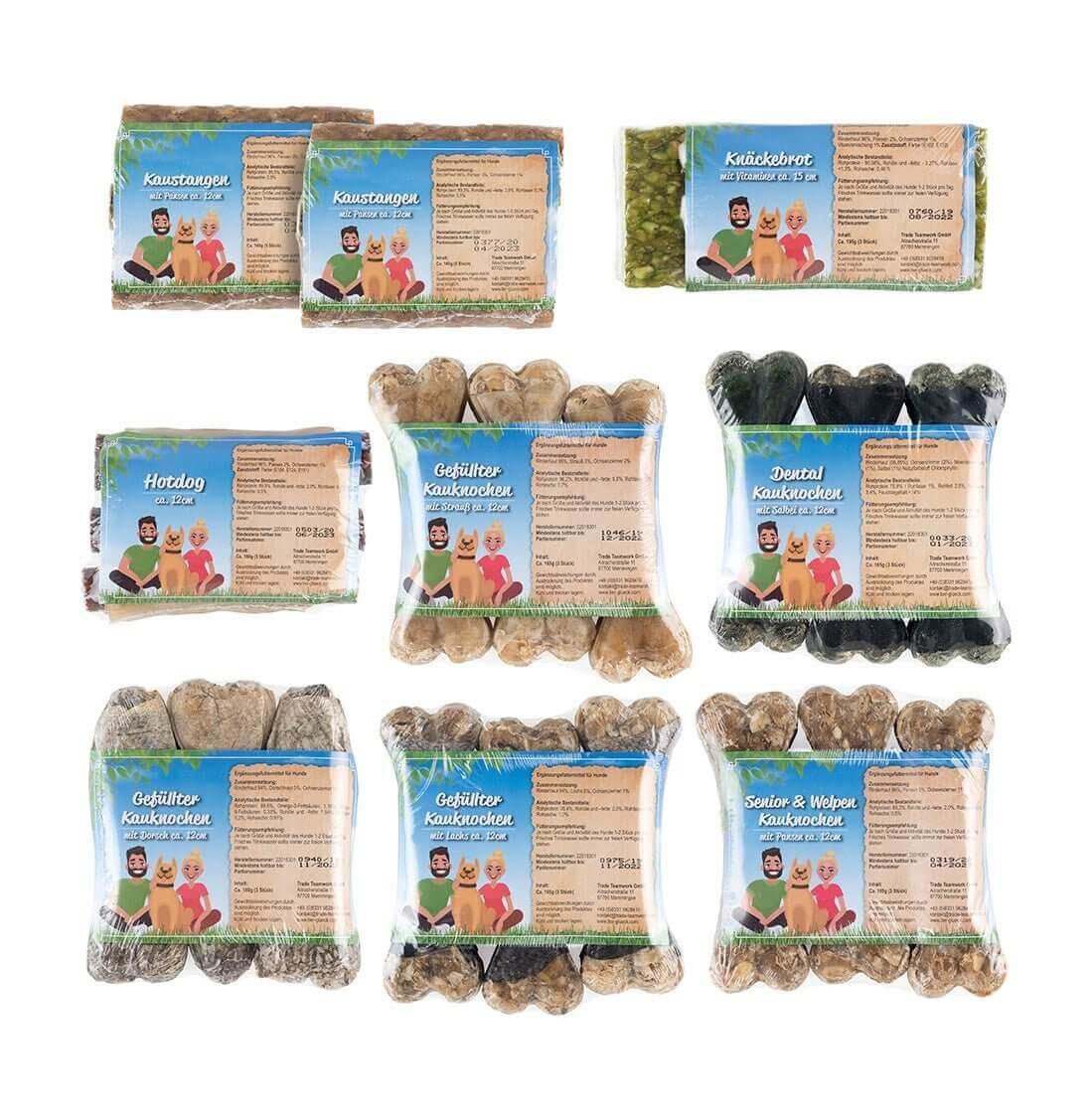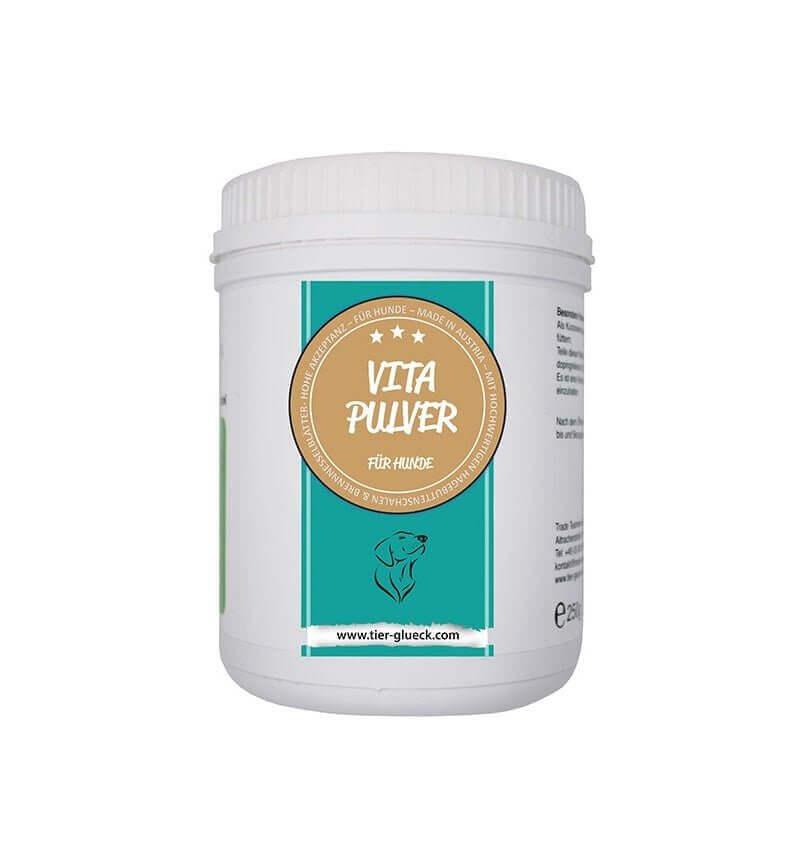🐛 How to recognize worm infestation in your cat – 5 typical signs
If your cat is behaving differently than usual, or you notice changes in their coat or eating habits, it's worth taking a closer look. Sometimes, a worm infestation is the cause—and unfortunately, these often go unnoticed for a long time. In this article, you'll learn the 5 signs that can indicate a worm infestation in cats —and how you can gently support them in your daily life.
1. 🐾 Changed eating behavior
A common indication of a possible worm infestation is a change in eating behavior. Your cat...
- suddenly eats more than usual , but still seems emaciated?
- has little appetite even though she otherwise loves her food?
Both can indicate stress in the digestive tract.
2. 🐱 Dull, lackluster coat
Your cat's coat is normally soft, shiny, and well-groomed. If it suddenly:
- shaggy ,
- matt or
- appears scaly ,
...this could be an indication that the body is internally unbalanced – perhaps due to parasites in the intestines.
3. 🚽 Frequent vomiting or diarrhea
A sensitive gastrointestinal tract reacts quickly. In the case of a worm infestation, possible observations include:
- Irregular stools ,
- occasional vomiting ,
- or even visible worm parts in the stool or vomit .
Important: Not all worms are visible to the naked eye – contamination can occur even without visible traces.
4. 🐱 Frequent licking and sliding with the bottom
If your cat licks its anus noticeably often or even slides its rear end across the floor ("sledding"), this is a classic warning sign. It could be that it's feeling unwell – itching in the anal area is not uncommon with certain types of worms.
5. 😴 Inertia and less joy in playing
Worms deprive the body of nutrients. This can cause your cat to:
- plays less ,
- sleeps a lot ,
- or simply has less energy than usual.
Especially if your cat is otherwise active, you should pay attention to such changes.
📌 Conclusion
Worm infestation in cats isn't always immediately visible, but with a watchful eye, you can spot potential signs early on. Pay attention to changes in behavior, coat, or eating habits and gently support your cat in everyday life.
💛 For an all-round good feeling – for you and your furry friend.









